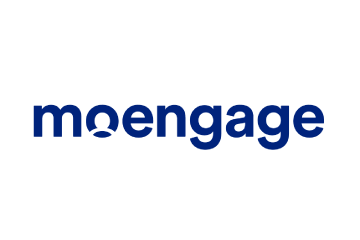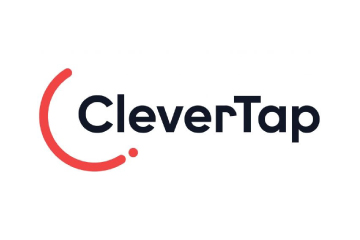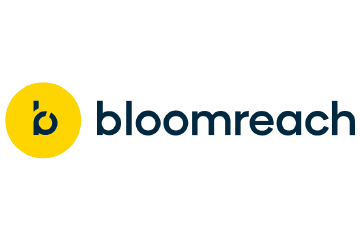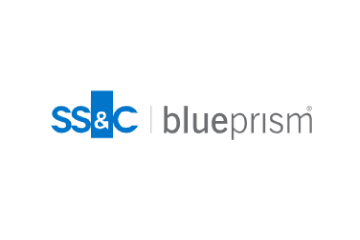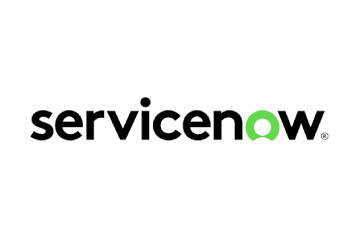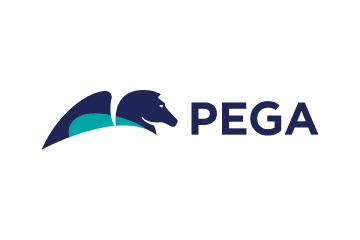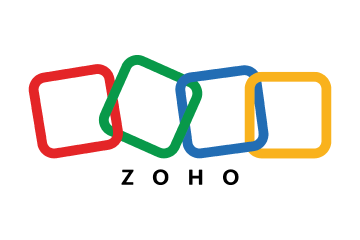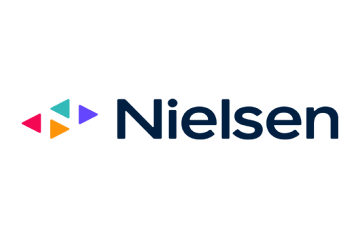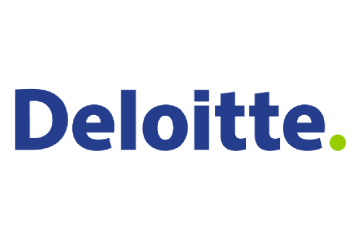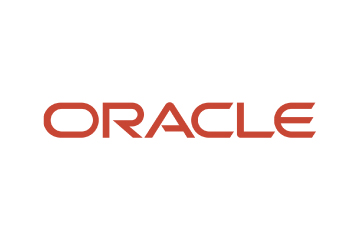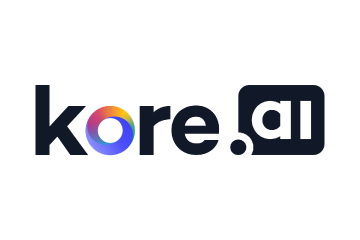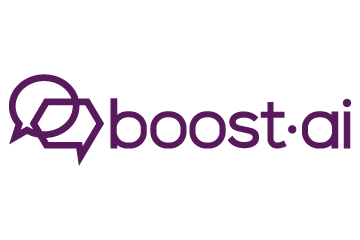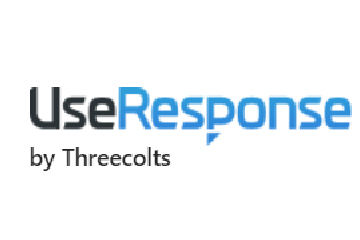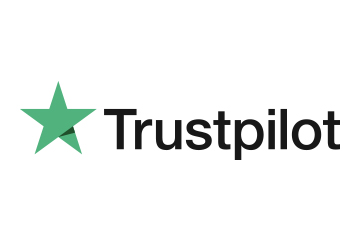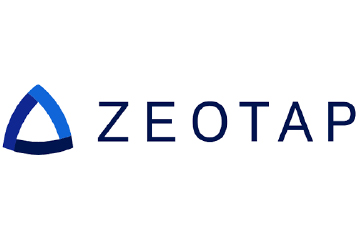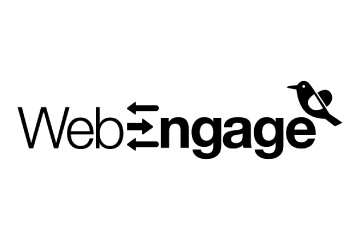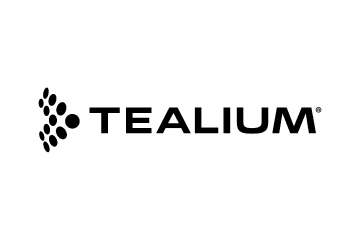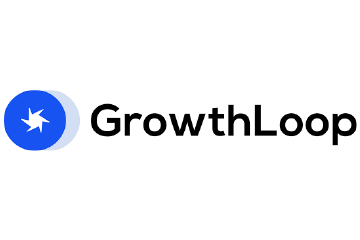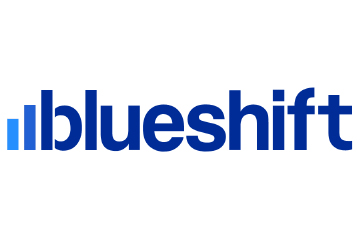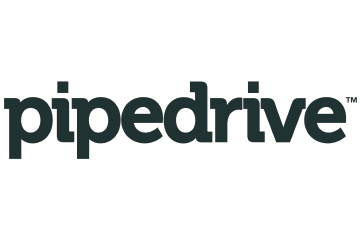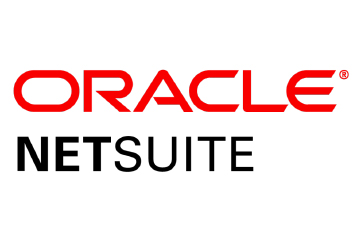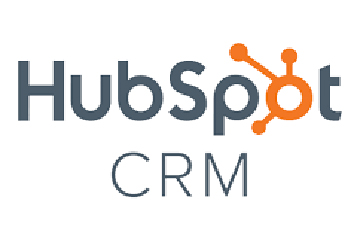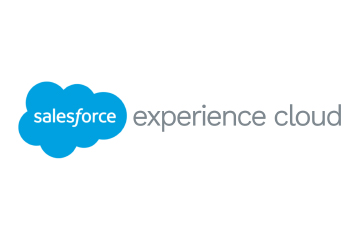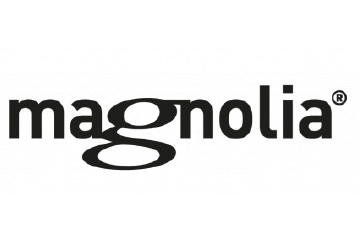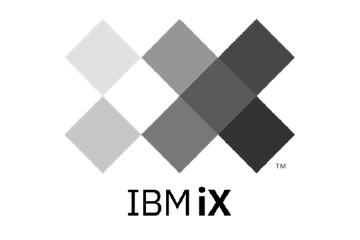How to Scale Retail Without Losing Brand Identity
Retailers don’t fail because they grow—they fail because they forget who they are. Here’s how to scale with intention, preserve your magic, and stay true to your founding vision.
Topics
What to Read Next
- Martechvibe Launches the Marquee Awards to Celebrate Breakthrough Digital Campaigns
- Top Marketers 4X More Likely to Use AI, Consolidate Tech
- Roku and iSpot Bring Outcome-Based Optimisation to Streaming
- PMG Expands Influencer Marketing Capabilities with Acquisition of Digital Voices
- PayPal Ads Launches Transaction Graph Insights & Measurement

The retail landscape is littered with cautionary tales of brands that grew quickly but lost their soul in the process. After two decades in retail transformation, I’ve witnessed this pattern repeatedly: a retailer builds passionate customer loyalty through unique experiences, then dilutes that very magic during expansion.
When I first helped a small artisanal home goods retailer expand from three to thirty locations, their founder worried, “Will we still be us when we’re ten times bigger?” It’s a valid concern. The intimate customer connections, the founder’s personal touch on merchandising, the staff who knew regulars by name—these elements create the emotional resonance that drives initial success but become increasingly difficult to maintain at scale.
Yet scaling without losing your identity isn’t impossible. It simply requires intentional design of systems that amplify rather than dilute what makes your brand special.
The Identity Paradox in Retail Scaling
The elements that create a compelling retail brand are often inherently intimate and personal. The founder’s vision, the carefully curated product selection, the staff who embody the brand ethos—these human elements don’t naturally scale through standardisation and efficiency measures.
Traditional approaches to retail growth inadvertently compromise identity by focusing primarily on operational consistency and cost efficiencies. Standardised procedures, centralised decision-making, and cookie-cutter store designs might deliver short-term growth, but they simultaneously erode the distinctive character that attracted customers in the first place.
I’ve seen retailers achieve impressive store count growth while watching their customer satisfaction and brand perception metrics steadily decline. The result? A larger but weaker business, more vulnerable to competition and less meaningful to consumers.
The solution isn’t to choose between growth and identity, but to design systems that allow your founding identity to grow stronger through expansion.
ALSO READ: AI-Augmented Open-Ends for Marketing, CX and Beyond
Three Pillars of Identity-Centered Scaling
1. Systems that Scale Culture, Not Just Operations
Most retailers build systems focused exclusively on operational consistency—ensuring that inventory, pricing, and basic service standards remain uniform across locations. While these fundamentals matter, truly successful scaling requires equal attention to systems that preserve cultural consistency.
This means looking beyond what your team does to how and why they do it. When a regional specialty retailer I worked with expanded interstate, they developed a “brand decision framework” that outlined not just operational procedures but the principles behind them. Store managers weren’t just executing playbooks; they understood the reasoning and values informing those playbooks.
The foundation of this culture-first approach begins with hiring. I’ve seen firsthand how retailers who misalign at this critical stage struggle to maintain identity during growth. Every hire—from frontline staff to executive leadership—must be evaluated not just for skill but for authentic alignment with core values. One multi-location retailer I advised implemented a values-based interview protocol where candidates were assessed specifically on behaviors that demonstrated their natural alignment with the brand’s ethos.
Once onboard, these values must become evaluation criteria, not just wall decorations. Successful retailers integrate value alignment into formal performance metrics, making adherence to brand principles as important as sales targets. Regular workshops reinforce these values, helping team members translate abstract principles into daily behaviors.
Furthermore, these values must permeate every touchpoint—from email signatures to customer communications to visual merchandising. When values are consistently expressed through these seemingly minor elements, they create a coherent identity experience that both employees and customers can feel.
Practical approaches include:
- Creating decision-making frameworks rather than rigid rulebooks
- Developing immersive onboarding experiences that transfer cultural knowledge, not just operational skills \
- Building communication channels that regularly reconnect team members to founding stories and core values
- Implementing recognition systems that celebrate identity-reinforcing behaviors
- Designing hiring processes that prioritise values alignment alongside skills assessment
- Integrating values adherence into performance metrics and regular evaluation
- Ensuring brand values visibly manifest in all communication touchpoints
- Conducting regular values workshops to help teams translate principles into actions
Systems designed thoughtfully become vessels carrying your culture forward rather than constraints stifling it.
ALSO READ: Why is RMN Proving to be More Effective than Traditional Ad Space?
2. Strategic Store Rollouts that Tell Your Story
Each new location should be approached as a chapter in your brand’s evolving narrative—not a carbon copy of what came before. This doesn’t mean rejecting standardisation entirely, but rather balancing consistent brand elements with thoughtful local adaptation.
A fashion retailer I consulted with maintained their distinctive aesthetic across locations while allowing each store to feature local artists and adapting fixtures to each building’s architecture. The result was a brand that felt both consistent and authentic in each market.
Successful identity-preserving expansion includes:
- Identifying your “non-negotiable” brand elements versus areas where local interpretation strengthens connection
- Approaching site selection through the lens of brand fit, not just foot traffic or lease terms
- Creating store opening processes that build community relationship and brand understanding
- Developing market-specific merchandising strategies that respect local preferences while maintaining brand coherence.
Thoughtful retail rollouts avoid diluting identity through thoughtless replication while resisting the opposite temptation of complete reinvention in each market.
3. Technology as an Identity Amplifier
Digital tools often get blamed for depersonalising retail experiences, but when implemented thoughtfully, technology can actually strengthen identity at scale. The key is using technology to amplify human connections rather than replace them.
A multi-location specialty grocer I worked with used customer data not just for targeted marketing but to empower in-store staff with relationship-building information. Regular customers were greeted by name and often received personalised recommendations based on past purchases—combining the efficiency of modern systems with the personal touch of a neighborhood shop.
Identity-reinforcing technology approaches include:
- Deploying systems that free staff from transactional tasks to focus on relationship-building ones
- Using customer insights to personalise experiences in ways that reflect brand values
- Creating digital touchpoints that maintain consistent brand voice and aesthetic
- Implementing training platforms that efficiently share brand knowledge and cultural practices
When technology serves your identity rather than merely your operations, it becomes a powerful ally in scaling without compromising what makes you special.
Measuring Success Beyond Numbers
Traditional retail metrics track sales, traffic, and conversion. These remain essential, but identity-centered scaling requires additional measures that track both growth and identity preservation.
Consider developing metrics around:
- Customer perception of brand consistency across locations
- Team alignment with core values and brand understanding
- Community integration and local relevance
- Social proof indicators like authentic word-of-mouth recommendations
One specialty retailer I advised created a quarterly “identity audit” where cross-functional teams evaluated how well each store manifested key brand principles. These assessments proved as valuable as financial metrics in guiding strategic decisions.
The Paradoxical Power of Identity in Scaling
The most successful retail expansions I’ve witnessed share a counterintuitive truth: by prioritising identity preservation alongside growth, retailers actually accelerate sustainable expansion. When each new location authentically embodies what customers love about your brand, word spreads organically, customer loyalty deepens, and the flywheel of growth accelerates.
Scaling without losing your brand identity isn’t about choosing between growth and authenticity—it’s about designing systems that allow your founding spirit to grow stronger through expansion. The retailers who master this balance don’t just grow bigger; they grow more meaningful in their customers’ lives with every new location.
ALSO READ: AI, Autonomy, and the Next Chapter in Brand Experience












